What is Vitex Negundo?
Vitex negundo, also known as nirgundi, nochi, or five-leaved chaste tree, is an aromatic shrub native to tropical and subtropical regions of Asia. It is commonly grown as a herb for its medicinal properties. The leaves, seeds, roots, and flowers of Vitex negundo have been used traditionally in Ayurvedic and folk medicine.
Why Grow Vitex Negundo?
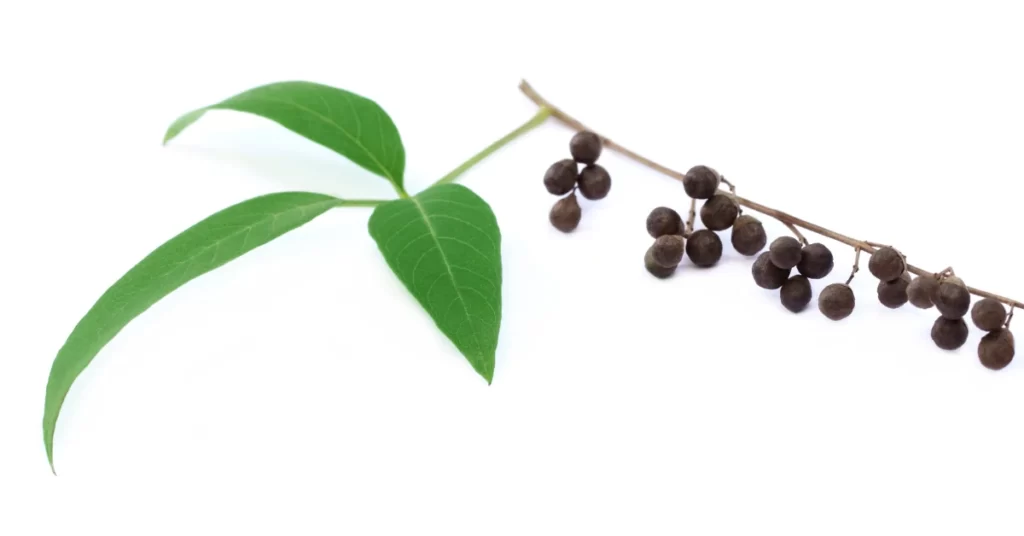
There are many great reasons to grow Vitex negundo:
- It has a long history of medicinal uses, particularly for inflammatory conditions, pain relief, and women’s health.
- The leaves can be used fresh or dried for teas, supplements, essential oils, and culinary flavoring.
- Vitex negundo attracts pollinators with its fragrant purple flowers.
- It is relatively easy to grow and quite hardy.
- With proper pruning and care, it makes an attractive landscape shrub.
Growing Conditions

Climate and Location
Vitex negundo thrives in warm, tropical climates and is hardy in USDA zones 9-11. It can tolerate hot, humid summers and even brief droughts once established.
Choose a location with full sun exposure. Provide shelter from strong winds, which can damage the shrub.
In cooler climates, grow Vitex negundo in containers that can be moved indoors during winter. Select a spot protected from frost.
Soil Needs
Vitex negundo grows best in well-draining, fertile soil with a neutral pH around 6.5-7.5. Sandy loam or loam soils are ideal.
Before planting, till the top 12-18 inches of soil and mix in aged compost or manure to enrich drainage and nutrients.
Avoid heavy, waterlogged clay soils, which can cause root rot. If your soil drains poorly, amend it with compost or build a raised planting bed.
Sunlight Requirements
For optimal growth and flowering, Vitex negundo requires full sun – at least 6 hours of direct sunlight per day. Morning sun is especially important.
With too much shade, the plant may become leggy and flower less. Insufficient light also reduces the potency of the leaves.
Propagation
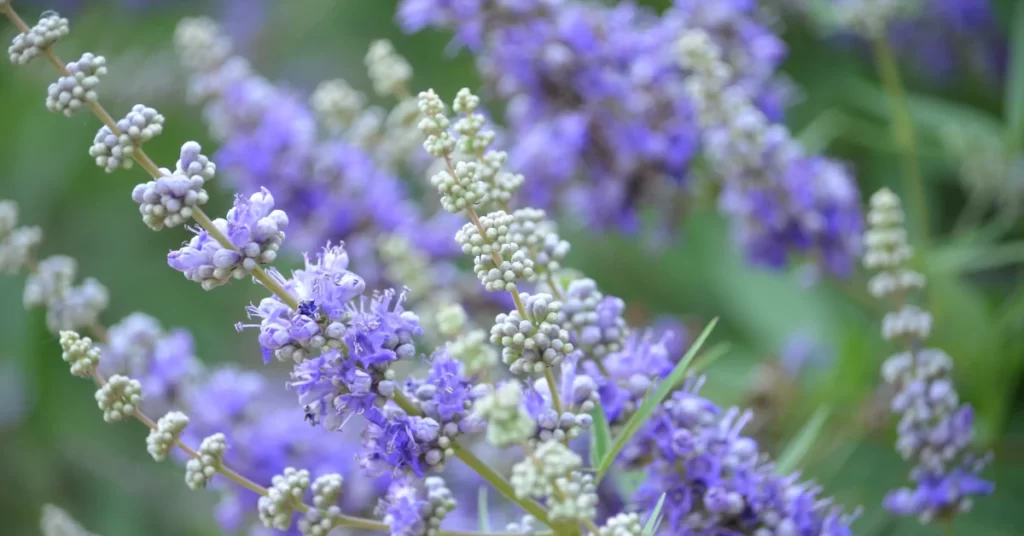
Vitex negundo is easy to propagate from seeds, cuttings, or by transplanting existing plants.
Growing from Seeds
The best time to start Vitex negundo from seed is in spring after the last frost. Soak the tiny seeds in warm water for 24 hours before planting to improve germination rates.
Sow seeds 1⁄4 inch deep in pots or trays with seed starting mix. Keep the soil moist and provide sunlight. Germination takes 1-2 weeks at 65-70°F.
Once seedlings have 2 sets of true leaves, thin them to 12-18 inches apart. When they reach 6 inches tall, transplant into the garden.
Taking Cuttings
Take 6-8 inch stem cuttings from the tips of healthy branches in spring or summer. Remove the lower leaves and plant the cuttings in pots with equal parts peat moss and perlite.
Keep the soil consistently moist and provide bright, indirect light. Rooting will occur in 4-6 weeks. Transfer rooted cuttings to larger containers or the garden.
Transplanting
Vitex negundo can be propagated by transplanting young plants. This is best done in spring after the last frost when plants are actively growing.
Carefully dig up an existing shrub, keeping the roots intact. Replant in a new location with rich, well-draining soil in full sun. Water deeply after transplanting and provide shade for 1-2 weeks while it establishes. Prune any damaged roots or branches.
Care and Maintenance
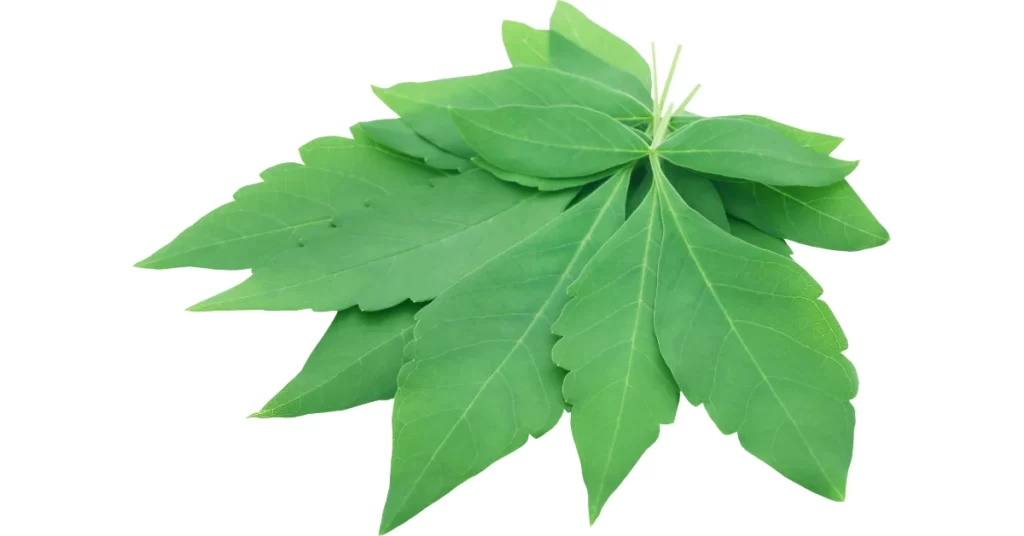
Vitex negundo is relatively easy to care for with proper watering, occasional fertilizing, pruning, and pest monitoring.
Watering
- Young Vitex negundo plants need regular water to establish. Water them daily for the first few weeks after planting.
- Mature shrubs are fairly drought tolerant but produce best growth and flowers with consistent moisture. Water 1-2 times per week during warm weather if rainfall is less than 1 inch per week.
- Soak the entire root zone deeply when watering rather than frequent light sprinkles.
- Allow the soil to partially dry out between waterings. Avoid overwatering, which causes root rot.
Fertilizing
- Fertilize Vitex negundo in spring as new growth appears using a balanced 10-10-10 NPK formula or organic plant food.
- Repeat every 6-8 weeks during the growing season for strong growth.
- Discontinue fertilizer after September so plants harden off for winter dormancy.
Pruning
- Prune Vitex negundo in late winter to shape and stimulate new growth.
- Remove dead, damaged, or crossing branches using clean pruning shears.
- Cutting back leggy growth promotes bushier, compact plants up to 10 feet tall and wide.
- Pinch off flower heads after blooming to prevent seedlings.
Pest and Disease Control
- Vitex negundo has few serious pests, but aphids, whiteflies, spider mites, and leaf miners may appear. Remove by hand or use neem oil.
- Powdery mildew and leaf spot may occur in humid conditions. Improve airflow and avoid wetting the leaves when watering.
- Ensure good drainage and avoid overwatering to prevent common root diseases like root rot, wilt, or blight.
Uses and Benefits of Vitex Negundo
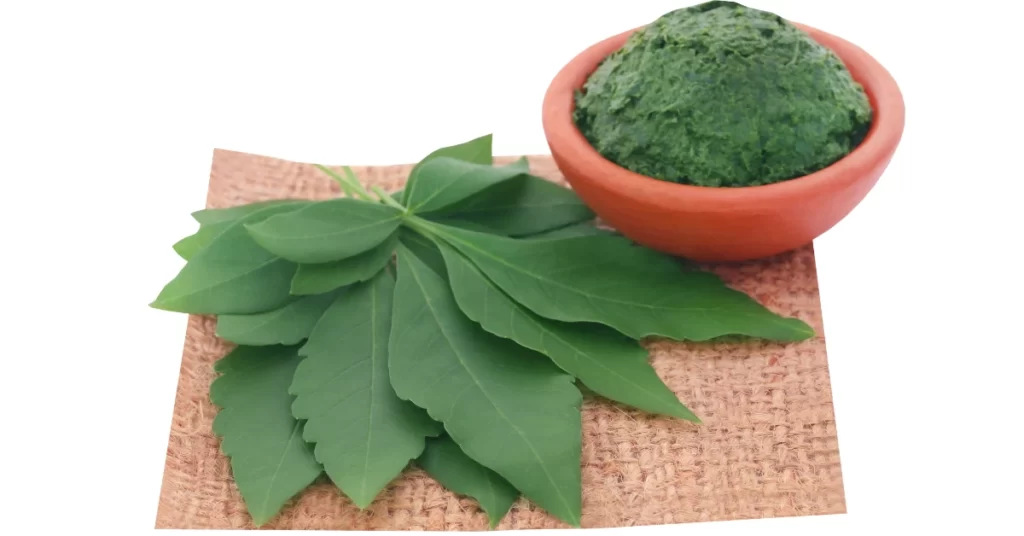
In addition to ornamental qualities, Vitex negundo provides many medicinal benefits:
Medicinal Uses
- The leaves have anti-inflammatory, antibacterial, and analgesic properties to treat swelling, pain, and arthritis when consumed as a tea.
- They may stimulate hormones related to menstruation and PMS relief.
- Seeds, fruits, and roots also have therapeutic uses for a variety of ailments.
- Vitex negundo has anticonvulsant, sedative, and mosquito-repelling effects according to research.
Culinary Uses
- Leaves, fruits, and seeds can be used to flavor food as a peppery, aromatic spice.
- Fresh leaves are eaten raw in salads or cooked as potherbs in Indian cuisine.
- The essential oil adds fragrance to soaps, perfumes, and cosmetics.
Other Benefits
- Vitex negundo attracts bees, butterflies, and birds to gardens.
- It makes a hardy, fast-growing privacy hedge or windbreak.
- The dried decorative seed pods and purple flowers add ornamental interest.
Troubleshooting Common Issues
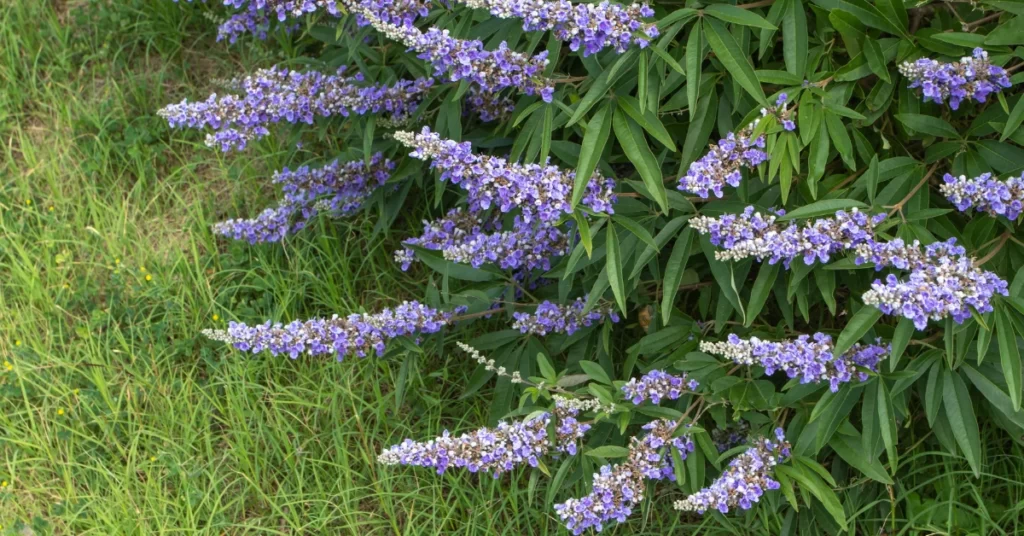
Properly cared for Vitex negundo will thrive, but may experience a few issues:
Yellowing Leaves
This can indicate overwatering, poor drainage, or nutritional deficiencies. Check soil moisture and drainage and reduce watering frequency. Apply a balanced fertilizer.
Leggy Growth
Insufficient sunlight causes lanky growth. Provide at least 6 hours of direct sun. Prune annually to promote bushy form.
Flowers & Fruits Falling Off
Excess nitrogen fertilizer causes plants to focus energy on foliage over flowers. Reduce nitrogen and increase phosphorus. Check for pests like thrips.
Conclusion
Growing the versatile Vitex negundo provides herbal healing options and natural beauty for any garden. With proper soil preparation, sun exposure, watering, and pruning, this hardy shrub will generously reward you with bountiful leaves, eye-catching flowers, and medicinal remedies. Pay close attention to its growing requirements and you’ll reap plentiful benefits for years to come.
Frequently Asked Questions
What are the active compounds in Vitex negundo?
The primary active compounds include flavonoids, iridoids, terpenes, and alkaloids like casticin, which give Vitex negundo its anti-inflammatory and analgesic effects.
Does Vitex negundo come back every year?
Yes, Vitex negundo is a perennial woody shrub. With proper frost protection, it will regrow each spring and live for many years.
Should I prune Vitex negundo?
Pruning in late winter shapes the shrub, removes dead growth, and stimulates abundant new growth and flowering in spring.
What pests attack Vitex negundo?
Aphids, spider mites, whiteflies, leafminers, and thrips may infest Vitex negundo. Practice good horticultural hygiene and use organic insecticides if needed.
Is Vitex negundo deer resistant?
Deer tend to avoid the strong odor and taste of Vitex negundo leaves, so it can be a good deer resistant choice.
